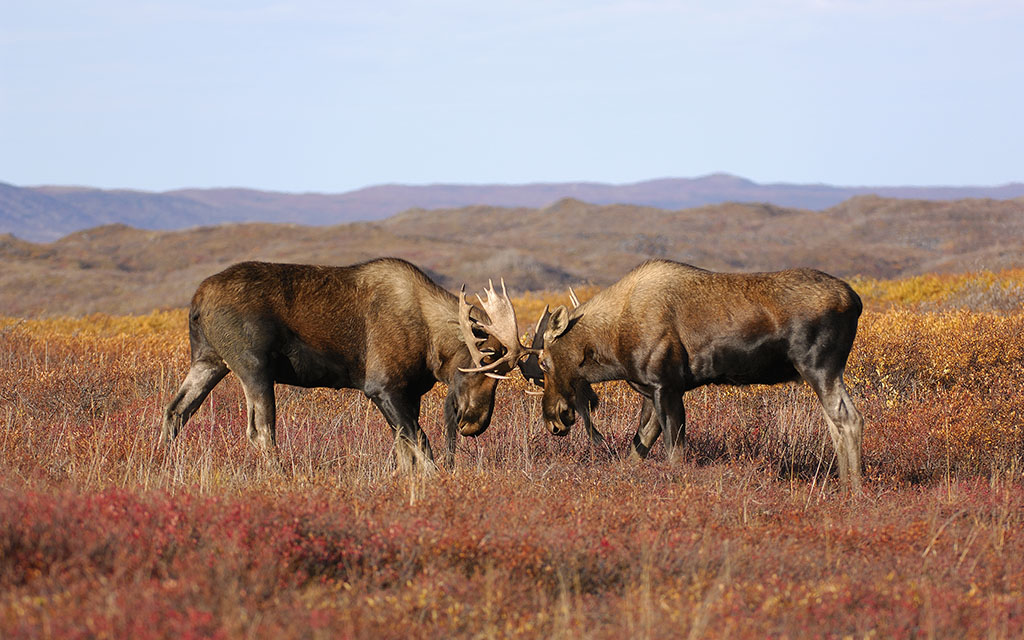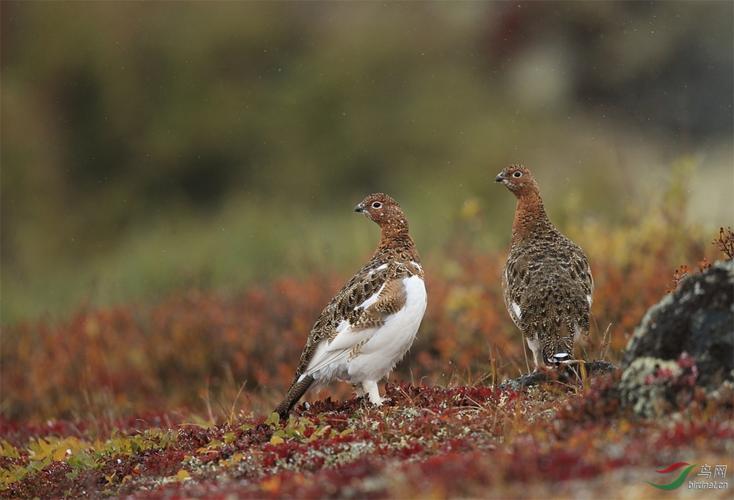Tundra is one of the most extreme ecosystems on Earth, usually located in high latitudes or high altitudes near the Arctic and Antarctic circles. The cold, dry environment, short growing season, and the presence of permafrost make the tundra a challenging living environment. However, in this barren land, many animal species have adapted unique survival strategies to cope with extreme climatic conditions.
This article will introduce the various animals living in the tundra ecosystem in detail, revealing their survival methods and adaptive characteristics.
Tundra is a cold, treeless ecosystem that is found in two main areas:
Arctic Tundra: Located near the Arctic Circle in the Northern Hemisphere, covering areas such as Greenland, Alaska, Canada, and Russia.
Alpine Tundra: Tundra formed at high altitudes, such as the Himalayas and the Andes, due to the low temperatures caused by the altitude. Tundra is characterized by extreme cold, strong winds, a short growing season, and low precipitation. Despite the extreme conditions, tundra provides habitat for many animals.

Distribution: Arctic tundra
Adaptability: The Arctic fox is one of the most iconic animals of the tundra. They have thick fur to protect them from extreme cold, and their fur turns white in winter to camouflage them in the snow. Arctic foxes feed primarily on small mammals (such as lemmings), bird eggs, and plants.
Distribution: Arctic Tundra
Adaptability: Arctic wolves live in the extreme climate of the Arctic tundra, relying on their thick fur and strong physique to withstand the cold. They are social animals, usually feeding on large animals such as reindeer and musk oxen, and occasionally preying on small mammals and birds.
Distribution: Arctic tundra
Adaptability: Musk oxen are another animal that have adapted to the harsh environment of the tundra. Their thick fur allows them to survive extremely low temperatures. Musk oxen live in groups and feed on plants such as lichens, mosses, and grasses.
Distribution: Arctic tundra
Adaptability: Caribou are typical Arctic herbivores that feed on plants (such as mosses and lichens) on the tundra. They have a unique migration pattern and search for food in the vast tundra as the seasons change.
Distribution: Arctic tundra
Adaptability: Lemmings are a key species in the tundra ecosystem, serving as a major food source for predators such as Arctic foxes and snowy owls. Lemmings have a strong reproductive capacity and can reproduce rapidly to maintain their population during the short summer.
Distribution: Arctic tundra
Adaptability: Snowy owls are one of the top predators in the Arctic, specializing in preying on lemmings and other small mammals. They use white feathers as camouflage to help them hide in the snowy environment.
Distribution: Alpine tundra
Adaptability: Brown bears are able to adapt to the high-altitude tundra environment, especially in the summer when they migrate to the tundra to forage. Brown bears are omnivorous animals, and their diet includes plants, fish and small mammals.
Distribution: Alpine tundra
Adaptations: This large bird of prey lives in alpine tundra and specializes in preying on bones from dead animals. It drops bones from high altitudes to break them and eats the marrow.
Distribution: Arctic tundra
Adaptability: Arctic hares have thick fur and strong limbs, allowing them to run quickly on the snow to avoid predators. They feed mainly on mosses and lichens, and their fur turns white in winter for camouflage.
Distribution: Arctic tundra and alpine tundra
Adaptability: Wolverines are small but aggressive predators that can hunt small mammals on the tundra and also feed on carrion. Their strong claws help them navigate and hunt in the snow.

Animals living in the tundra have shown a series of survival strategies to adapt to the cold climate and food scarcity. The following are common adaptive traits found in tundra animals:
Thick fur or feathers: Many tundra animals have evolved thick fur or feathers to keep warm, especially in winter, when their fur often turns white to camouflage in the snow.
Seasonal migration: Large animals, such as reindeer, migrate to warmer areas to feed in the winter and return to the tundra in the summer.
Food storage or slow metabolism: Some small animals, such as lemmings, store enough food during the short summer months to consume in the winter. Animals like brown bears use their fat reserves to survive the winter food shortages.
Despite its extreme environment, the tundra ecosystem is home to many unique animals that have evolved unique adaptations to thrive in this cold and barren land. As global climate change poses serious challenges to the tundra and its ecosystem, it is important to protect this precious ecological environment and its animal inhabitants.
animal tags: Arctic-Fox Arctic-Wolf Musk-Ox Caribou Lemmings
We created this article in conjunction with AI technology, then made sure it was fact-checked and edited by a Animals Top editor.